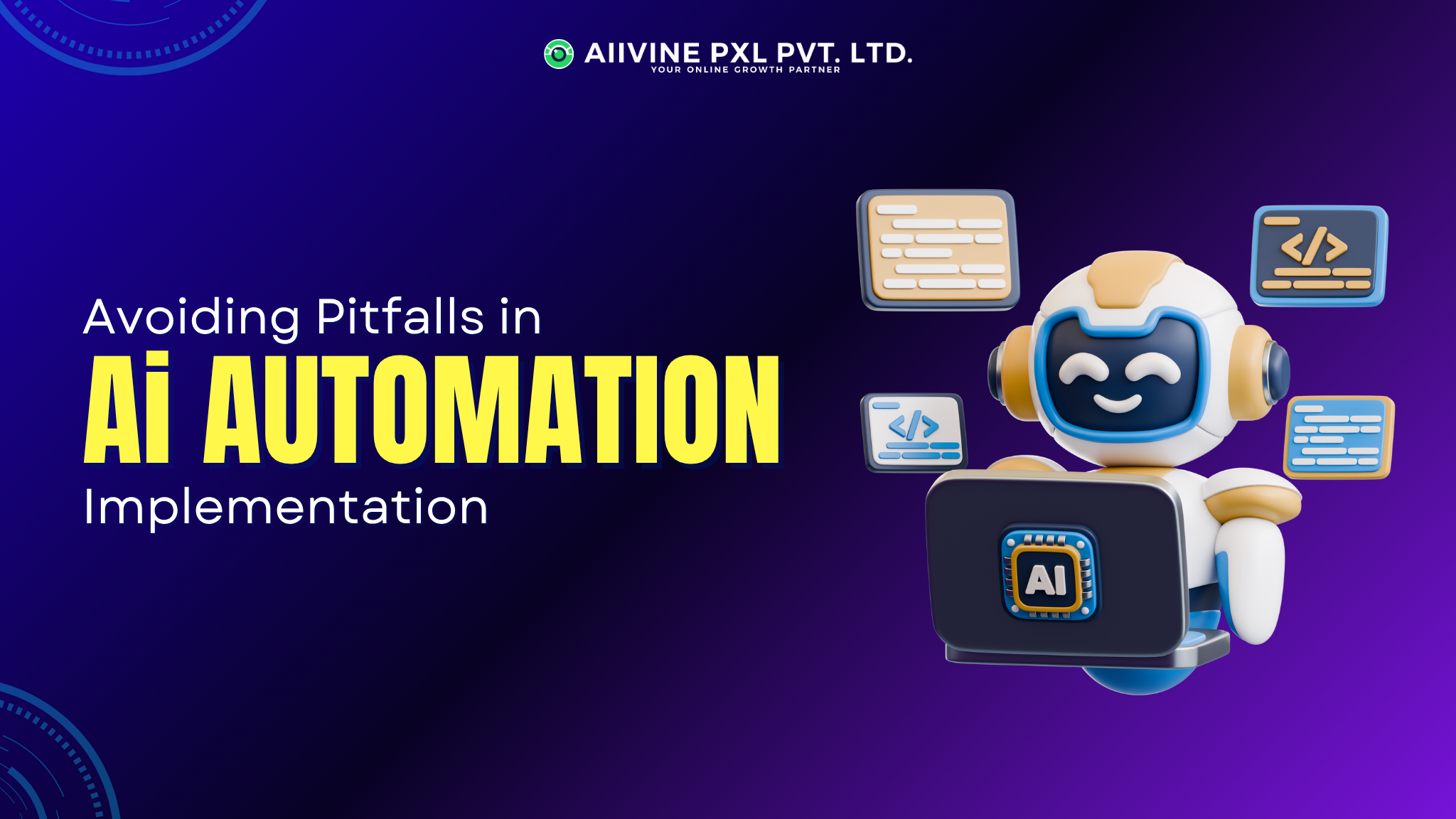Introduction:
Imagine spending hours crafting the perfect ad copy, selecting a powerful call-to-action, and setting up a laser-targeted campaign—only to lose your audience in the first glance. Why? Because your ad image loaded blurry, got awkwardly cropped, or just didn’t pop the way it should have.
In the noisy world of social media marketing, your visuals are your opening handshake. And in less than 3 seconds, your image either stops the scroll or becomes part of the blur. That's where image resolution steps into the spotlight—not as a technical afterthought, but as a silent salesman working 24/7 to make your brand look sharp, credible, and click-worthy.
Why Image Resolution Matters in Advertising
Before we get into the specifics, let’s understand what image resolution means and why it’s important. Image resolution refers to the amount of detail an image holds, usually measured in pixels. A higher resolution means more pixels, leading to better clarity and sharpness. In advertising, this directly impacts:
- Visual appeal: A crisp image grabs more attention.
- Brand perception: Blurry or pixelated images may seem unprofessional.
- Conversion rates: Quality visuals are known to improve engagement and click-through rates.
In social media marketing, where you have mere seconds to capture someone’s attention, resolution is everything.
The Role of Image Resolution in Facebook Ads & Social Media Marketing
1) Facebook Ads:
When it comes to Facebook ads, image clarity plays a huge role. Facebook offers various ad formats—carousel, single image, video, slideshow—and each has different recommended dimensions.
- Recommended Image Size for Facebook Ads: 1200 x 628 pixels
- Aspect Ratio: 1.91:1
- File Type: JPG or PNG
Max File Size: 30MB
Facebook’s ad algorithm prefers images that are high resolution and properly optimized. Using low-res images can reduce your relevance score, which increases your ad cost.
2) Instagram Ads
Instagram is a visual-first platform, and your images must look sharp on both mobile and desktop.
- Recommended Size for Instagram Feed Ads: 1080 x 1080 pixels (square) or 1080 x 1350 pixels (portrait)
- Story Ads: 1080 x 1920 pixels
Poor resolution here can lead to swipe-away behavior, reducing your ROI drastically.
3) Other Social Platforms
Here’s a quick overview of optimal image resolutions for other platforms:
| Platform | Image Size (pixels) | Aspect Ratio |
| 1200 x 675 | 16:9 | |
| 1200 x 627 | 1.91:1 | |
| 1000 x 1500 | 2:3 |
How to Choose the Right Image Resolution for Your Ad Campaign
1. Identify the Platform and Ad Format
Start by knowing where your ad will appear—Feed, Story, Display Network, etc. Different placements have different size requirements.
Tip: Always refer to the official ad specs of platforms like Facebook, Instagram, and Google Ads.
2. Understand the Viewing Device
Most users today browse social media on mobile devices. This means your image should be optimized for smaller screens while maintaining clarity on desktop.
- Use responsive images where possible.
Opt for vertical images for better screen coverage on mobile.
3. Stick to High Resolution, Not Large File Sizes
High resolution doesn’t mean heavy file size. Always compress your images without losing quality using tools like:
✿ TinyPNG
✿ Adobe Photoshop (Save for Web)
✿ Canva Pro
This helps in faster load times and better user experience, especially important in digital marketing.
4. Maintain the Right Aspect Ratio
Wrong aspect ratios can lead to image cropping or distortion. For Facebook ads and most social media ads, a 1.91:1 or 4:5 ratio works best.
Best Practices for Image Resolution in Social Media Ads
✅ Use High-Quality or Vector Images
Say no to blurry screenshots or pixelated visuals. Instead, go for sharp, professional images from sites like Unsplash, Pexels, or Shutterstock. Clean visuals instantly increase credibility.
✅ Design Bigger Than You Need
Create your ads at 2x or 3x the intended size. For example, if your final post is 600x600 pixels, design it at 1200x1200. This keeps your images crisp on all screens—especially on Retina and HD displays.
✅ Test Different Image Resolutions
Surprisingly, a super high-res image isn’t always the winner. It might slow down loading and hurt performance. Run A/B tests with different image qualities and see what drives better results.
✅ Be Smart with Text on Images
Too much text can make your ad feel cluttered. Facebook suggests keeping it under 20% of the image. Keep it clean, punchy, and easy to read—especially on mobile.
Common Mistakes to Avoid
❌ Using the same image for all platforms without resizing
❌ Uploading large files that slow down load time
❌ Ignoring compression, which can reduce clarity
❌ Using images with poor contrast or lighting
How Image Resolution Impacts Ad Performance Metrics
Here’s how high-quality resolution positively affects your social media advertising:
| Metric | Impact of Good Image Resolution |
| CTR (Click-Through Rate) | Increases with sharper, clearer visuals |
| Engagement Rate | Higher likes, comments, and shares |
| Cost Per Click (CPC) | Lower CPC due to higher relevance score |
| Conversion Rate | Better product visibility leads to more sales |
Tools for Optimizing Image Resolution
To ensure your ads are always visually appealing, use the following tools:
▶︎ Canva – For quick social media ad designs with optimal sizes.
▶︎ Adobe Photoshop – Advanced editing and compression.
▶︎ TinyPNG/JPEG-Optimizer – Compress images without losing quality.
▶︎ Meta Ads Manager – Preview how your image looks across platforms.
Conclusion:
Selecting the optimal image resolution is not just a technical requirement—it’s a strategic decision that affects your Digital Marketing success. Whether you're crafting eye-catching Facebook ads or building brand awareness through social media marketing, choosing the right image resolution helps you communicate effectively, look professional, and drive results.
So next time you design an ad, don’t just focus on the copy or budget—zoom into your image resolution. Because in the world of digital and social media ads, clarity isn't just about vision—it's about conversion.




